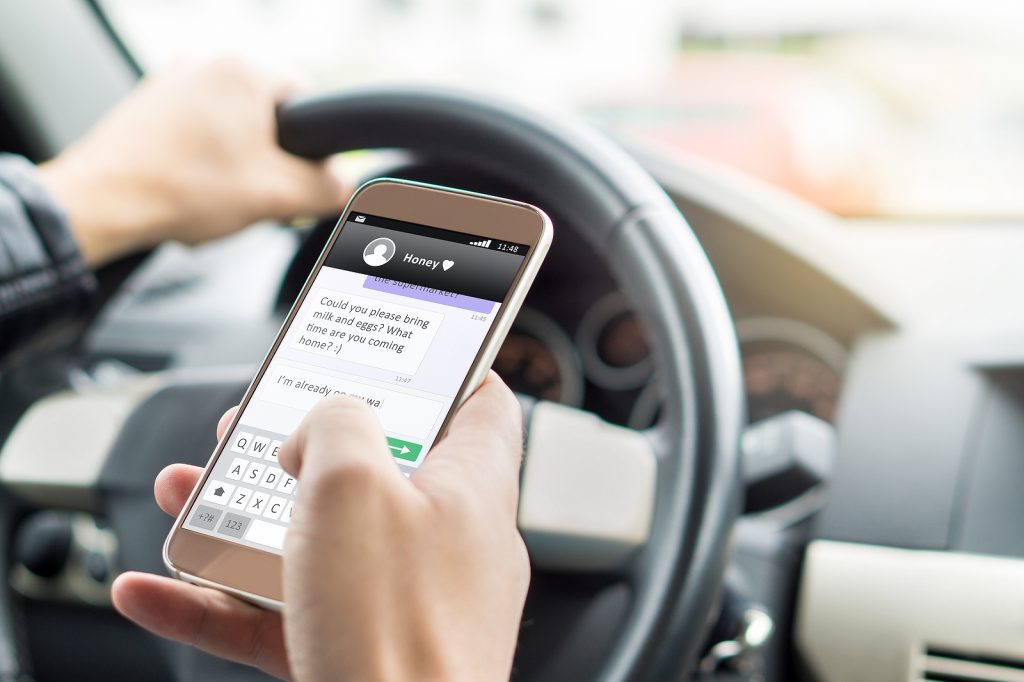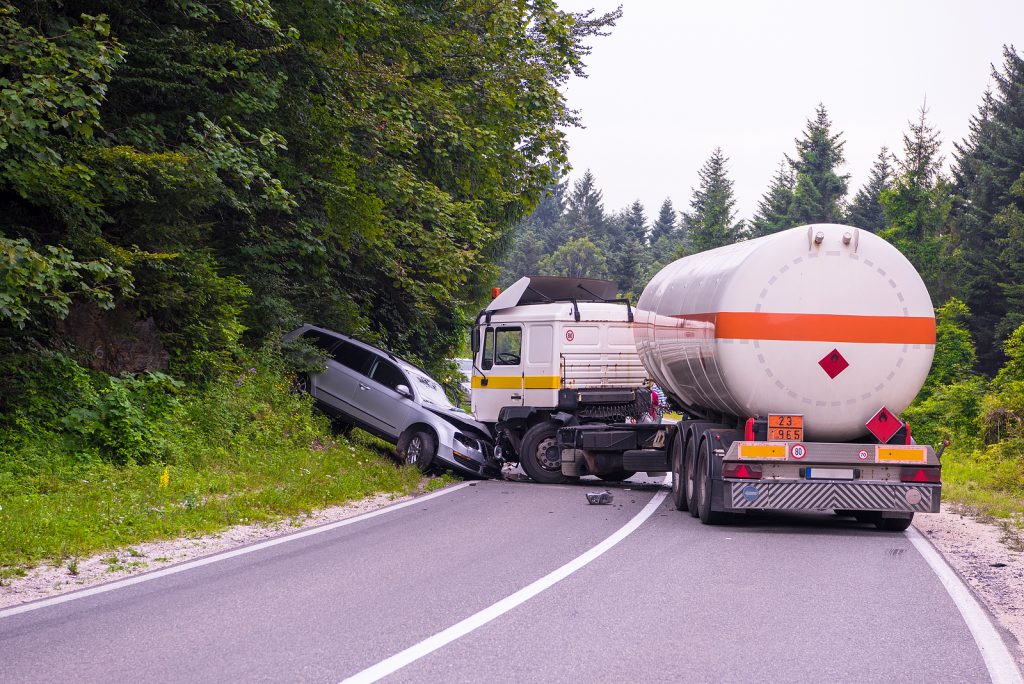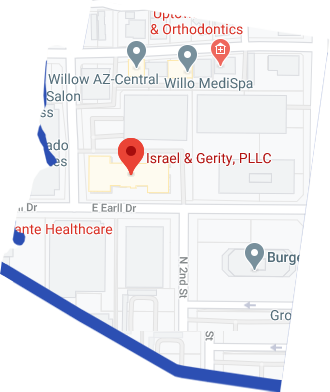When a driver hits the side of your car, how much of an impact are your own car’s safety features going to have on whether you survive the accident? Insurance Institute for Highway Safety suggest the car you are driving can make a big difference in whether you survive a collision.
An experienced T-Bone accident attorney knows motorists often make careless or unsafe choices at intersections, leading to side-impact crashes. One of the most common types of car accidents, a side impact or T-bone intersection accident gets its name from the shape the cars form when they collide. A car going straight is hit at a perpendicular angle by a vehicle from a cross street. Those inside the car that is hit from the side can be very badly hurt or killed. A total of 27 percent of deadly automobile accidents in 2007 were T-Bone collisions.
Drivers need to be responsible at intersections and avoid putting themselves and others at risk by failing to yield, entering intersections without looking, or running traffic signals. While drivers are ultimately responsible for avoiding a deadly collision, car manufacturers can put good safety features in their cars to prevent injuries when accidents happen. If you buy a car with highly-rated safety features, this may mean the difference between losing your life and walking away from a crash.
T-Bone Accidents Can Be Deadly, But Safety Features Can Help to Save Lives
Since 2003, crash tests have been performed by Insurance Institute for Highway Safety to see how cars protect passengers in side impact accidents. IIHS only tests cars with side airbags and with both torso and head protection, as these safety features are considered essential in reducing risks of serious injuries in T-Bone crashes.
When IIHS rates a car as “good,” the car tends to do a much better job than if the car is rated only acceptable, marginal, or poor. A person in a car rated “good,” is 70 percent less likely to die if he is driving the vehicle and his car is hit from the left side. Even a person in a car rated ‘acceptable,” is 64 percent less likely to be killed in a T-Bone accident than someone in a car with a poor rating.
IISH assigns ratings based on a crash test in which a barrier resembling an SUV or pickup truck crashes into the side of the car being tested. IISH measures how far the barrier was able to intrude into the car being struck. IIHS also measures how well the side airbags and other safety features worked in preventing injuries to the torso, head, neck, pelvis, and legs. These areas are especially likely to be injured in T-Bone accidents.
Sides of vehicles provide almost no protection from impact when a crash happens, so safety features are even more important in preventing serious crash injuries in these collisions.





